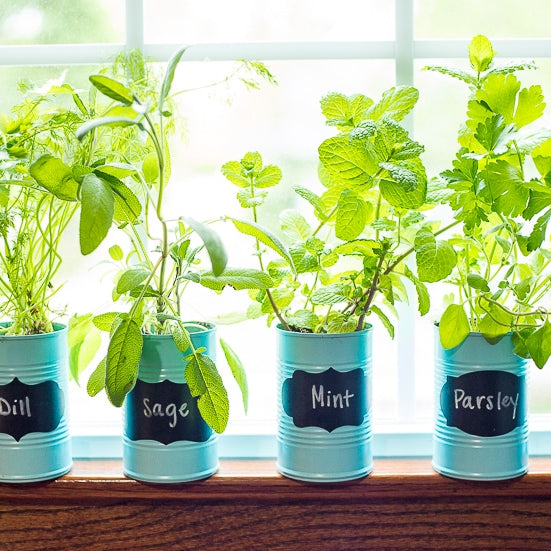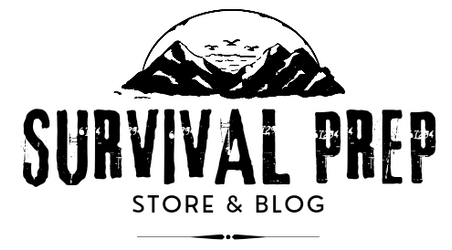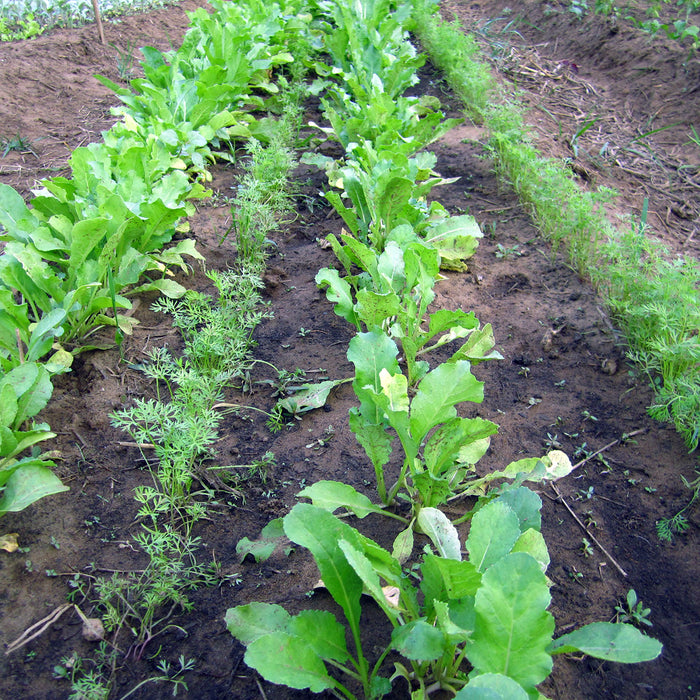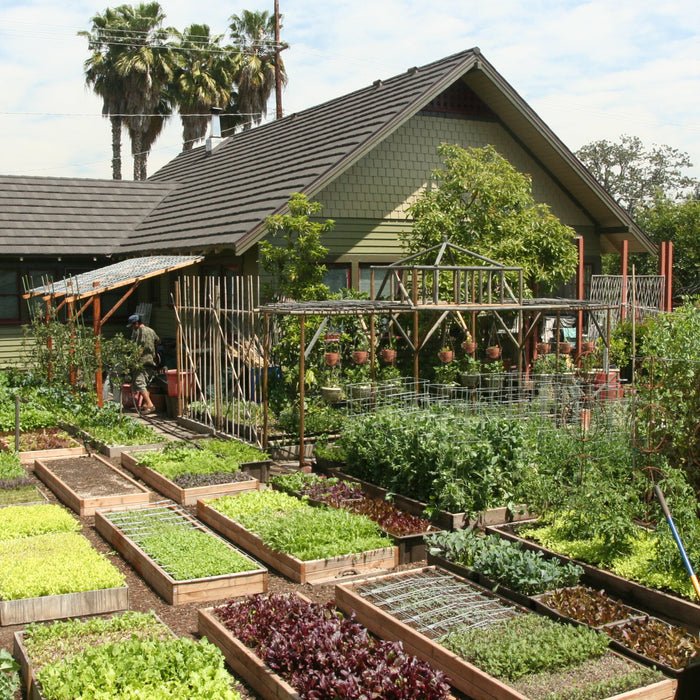

Self Defense Skills & Training You Should Be Taking Right Now.
In uncertain times, it's essential to prepare for the worst, and self-defense is a crucial aspect of that preparation. Preppers, who prioritize protecting themselves and their families in the event of civil unrest or other emergency situations, often focus on learning self-defense skills. These skills not only provide a sense of security, but they can also be empowering and confidence-boosting.
Read Also:
Essential Guide: Survival Skills & Prepper Supplies for Kids
Self-defense classes are an excellent way to learn these skills. These classes teach basic techniques such as blocking, striking, and grappling, as well as situational awareness and avoidance tactics. While there are many types of self-defense classes available, here are some popular options:
Krav Maga

Krav Maga is a practical and effective self-defense system that was developed for the Israeli Defense Forces. It's known for its fast, aggressive strikes and defensive techniques, making it a great option for preppers who want to learn self-defense quickly and efficiently. In this blog post, we'll explore the history of Krav Maga, its applications, moves, benefits, and why you should consider adding it to your prepping arsenal.
History of Krav Maga
Krav Maga was developed by Imi Lichtenfeld, a Slovakian-born martial artist and wrestler, in the 1930s. Lichtenfeld drew upon his experience as a boxer, wrestler, and street fighter to create a practical self-defense system. In the 1940s, Lichtenfeld began teaching Krav Maga to the Israeli Defense Forces, where it was later refined and adopted as the official self-defense system of the IDF.
Applications of Krav Maga

Krav Maga is a practical self-defense system that emphasizes real-world scenarios and techniques. It's designed to be effective in a variety of situations, including:
- Street fights
- Muggings
- Home invasions
- Carjackings
- Active shooter situations
- Military combat
Moves in Krav Maga
Krav Maga techniques are based on natural movements, making them easy to learn and remember. Here are some common Krav Maga moves:
- Straight punch: A basic punch that targets the nose or chin.
- Hammer fist: A strike using the bottom of the fist that can be used to target the temple or jaw.
- Elbow strike: A powerful strike using the elbow that can be used to target the face or body.
- Knee strike: A strike using the knee that can be used to target the groin or torso.
- Defense against a knife: Techniques for disarming and disabling an attacker with a knife.
Watch an Introduction Here:
Also Check Out:
Complete Krav Maga: The Ultimate Guide to Over 250 Self-Defense and Combative Technique
Benefits of Krav Maga
Krav Maga provides a variety of benefits for preppers, including:
- Increased confidence: Learning self-defense techniques can provide a sense of security and confidence in one's ability to handle dangerous situations.
- Improved fitness: Krav Maga is a high-intensity workout that can improve cardiovascular health, strength, and endurance.
- Mental clarity: Practicing Krav Maga can help preppers develop mental toughness and focus.
- Practicality: Krav Maga techniques are designed to be effective in real-world situations, making it a practical self-defense system.
Why You Should Consider Krav Maga
If you're a prepper looking to learn practical self-defense techniques, Krav Maga is an excellent option. Here are some reasons why:
- It's practical: Krav Maga is designed to be effective in real-world scenarios, making it a practical self-defense system for preppers.
- It's efficient: Krav Maga techniques are based on natural movements, making them easy to learn and remember.
- It's empowering: Learning self-defense techniques can provide a sense of security and empowerment.
- It's fun: Krav Maga is a high-intensity workout that can be a fun way to improve fitness and relieve stress.
In conclusion, Krav Maga is a practical and effective self-defense system that can be a valuable addition to any prepper's arsenal. Its emphasis on real-world scenarios and natural movements make it an efficient and practical self-defense system, and the benefits of learning Krav Maga extend beyond just physical fitness. If you're looking for a way to improve your self-defense skills and feel more prepared for emergencies, Krav Maga is definitely worth considering.
Brazilian Jiu-Jitsu

Brazilian Jiu-Jitsu (BJJ) is a grappling-based martial art that originated in Brazil in the early 20th century. Developed by the Gracie family, BJJ emphasizes leverage and technique over brute strength, making it an effective self-defense option for individuals of all sizes and strengths.
History of Brazilian Jiu-Jitsu
BJJ traces its roots back to traditional Japanese Jiu-Jitsu, which was introduced to Brazil in the early 20th century by Mitsuyo Maeda, a Japanese judoka. Maeda taught the art to Carlos Gracie, who in turn taught his younger brother Helio Gracie. Helio, who was smaller and weaker than his brother, adapted the techniques to suit his physical attributes, emphasizing leverage and technique over brute strength.
Applications of Brazilian Jiu-Jitsu
BJJ has become a popular sport and martial art worldwide, with practitioners competing in grappling tournaments and mixed martial arts (MMA) competitions. However, BJJ is perhaps most well-known for its applications in self-defense situations. BJJ teaches students how to control and submit opponents using joint locks and chokes, making it an effective self-defense option for individuals of all sizes and strengths.
Moves in Brazilian Jiu-Jitsu
BJJ techniques include takedowns, sweeps, and submissions. Some of the most common techniques include the triangle choke, the armbar, and the rear naked choke. These moves are taught in a structured environment, with students drilling techniques and sparring with partners to hone their skills.
Benefits of Brazilian Jiu-Jitsu
In addition to its practical applications in self-defense, BJJ has many other benefits. It's a great workout, improving cardio, strength, and flexibility. It also teaches discipline and mental focus, helping students to stay calm under pressure and think critically in stressful situations. BJJ is also a great way to build a community, with students forming bonds and supporting each other through training and competition.
Why You Should Try Brazilian Jiu-Jitsu
If you're looking for a new challenge or want to learn practical self-defense skills, BJJ is an excellent option. It's a great workout that will improve your physical and mental health, and it provides practical self-defense skills that can be applied in real-world situations. Additionally, BJJ is a great way to meet new people and become part of a supportive community.
In conclusion, Brazilian Jiu-Jitsu is a grappling-based martial art that emphasizes leverage and technique over brute strength. Developed in Brazil in the early 20th century, BJJ has become popular worldwide as a sport and self-defense option. Whether you're looking to improve your fitness, learn self-defense skills, or become part of a supportive community, BJJ is an excellent option that is well worth trying.
Firearms Training

For centuries, firearms have played an important role in military strategy, self-defense, and recreational activities. Whether you're interested in hunting, competitive shooting, or simply want to learn how to protect yourself, firearms training can be a valuable and rewarding experience. In this blog post, we'll explore the history of firearms training, its applications, the moves you'll learn, the benefits of learning to shoot, and why you should consider trying it out.
A Brief History of Firearms Training
Firearms have been around for over 600 years, but it wasn't until the 19th century that formal firearms training began to develop. The first shooting range was established in the United States in 1794, and the National Rifle Association (NRA) was founded in 1871 with the goal of promoting marksmanship training. During World War I and World War II, firearms training became an essential part of military training programs, and after the wars ended, civilians began to take an interest in learning to shoot.
Today, firearms training is offered by a variety of organizations, including law enforcement agencies, military organizations, and private companies. Courses are available for people of all skill levels, from beginners to advanced shooters.
Applications of Firearms Training
Firearms training has a wide range of applications, including:
-
Self-Defense: Learning to use a firearm for self-defense can provide you with a sense of security and confidence in your ability to protect yourself and your loved ones.
-
Hunting: Hunting is a popular recreational activity that requires a certain level of skill and knowledge. Firearms training can help you become a more accurate and ethical hunter.
-
Competitive Shooting: Competitive shooting involves various types of shooting sports, such as trap shooting, skeet shooting, and pistol shooting. It requires a high level of skill and precision.
Techniques
During firearms training, you'll learn a variety of techniques, including:
-
Safety: The most important aspect of firearms training is safety. You'll learn how to handle a firearm safely and how to prevent accidents.
-
Marksmanship: Marksmanship involves learning how to aim and shoot a firearm accurately.
-
Tactical Training: Tactical training teaches you how to use a firearm in real-world situations, such as home defense or law enforcement scenarios.
Benefits of Learning to Shoot
There are many benefits to learning to shoot, including:
-
Self-Confidence: Learning to shoot can help you develop self-confidence and a sense of empowerment.
-
Physical and Mental Discipline: Shooting requires both physical and mental discipline, which can help you improve your focus, concentration, and overall health.
-
Stress Relief: Shooting can be a great way to relieve stress and release tension.
Why You Should Try It Out
If you're interested in firearms, self-defense, hunting, or competitive shooting, firearms training can be a valuable and enjoyable experience. It can provide you with a sense of security, help you improve your physical and mental discipline, and give you a new and exciting hobby.
Conclusion
Firearms training has a long and rich history, and it has become an important part of many people's lives today. Whether you're a beginner or an experienced shooter, firearms training can help you develop new skills and improve your existing ones. So why not give it a try? Who knows, you may discover a new passion or skill that you never knew you had.
Tactical Self Defense
In addition to the physical skills learned in self-defense classes, there are many other benefits to learning self-defense. These include increased confidence, better fitness, and improved mental clarity. Self-defense can also be a great stress-reliever and can help preppers feel more prepared and in control.
While self-defense classes can be expensive, there are many free or low-cost resources available online. YouTube is an excellent source of instructional videos, and there are many online communities dedicated to self-defense training and education. However, it's important to remember that physical training under the supervision of a qualified instructor is the most effective way to learn self-defense.
In conclusion, self-defense is a critical aspect of prepping for emergencies. Learning self-defense techniques can provide a sense of security, confidence, and mental clarity. While there are many types of self-defense classes available, it's essential to choose one that matches your goals and skill level. By investing in self-defense training, preppers can feel more prepared and empowered to handle any emergency situation that may a
Recommended Posts
- How to Build a Bug Out Bag for Kids: Tips and Tricks
- 10 Survival Skills Every Kid Should Know
- Food prices are about to skyrocket even more; Prepare for a 'famine,' followed by housing crash, then equities wipeout - Michael Gayed
- South Threatened by Severe Weather After Texas Tornado Disaster: How to Prepare.
- The Ultimate Guide to Radiation Water Filters: How They Work




